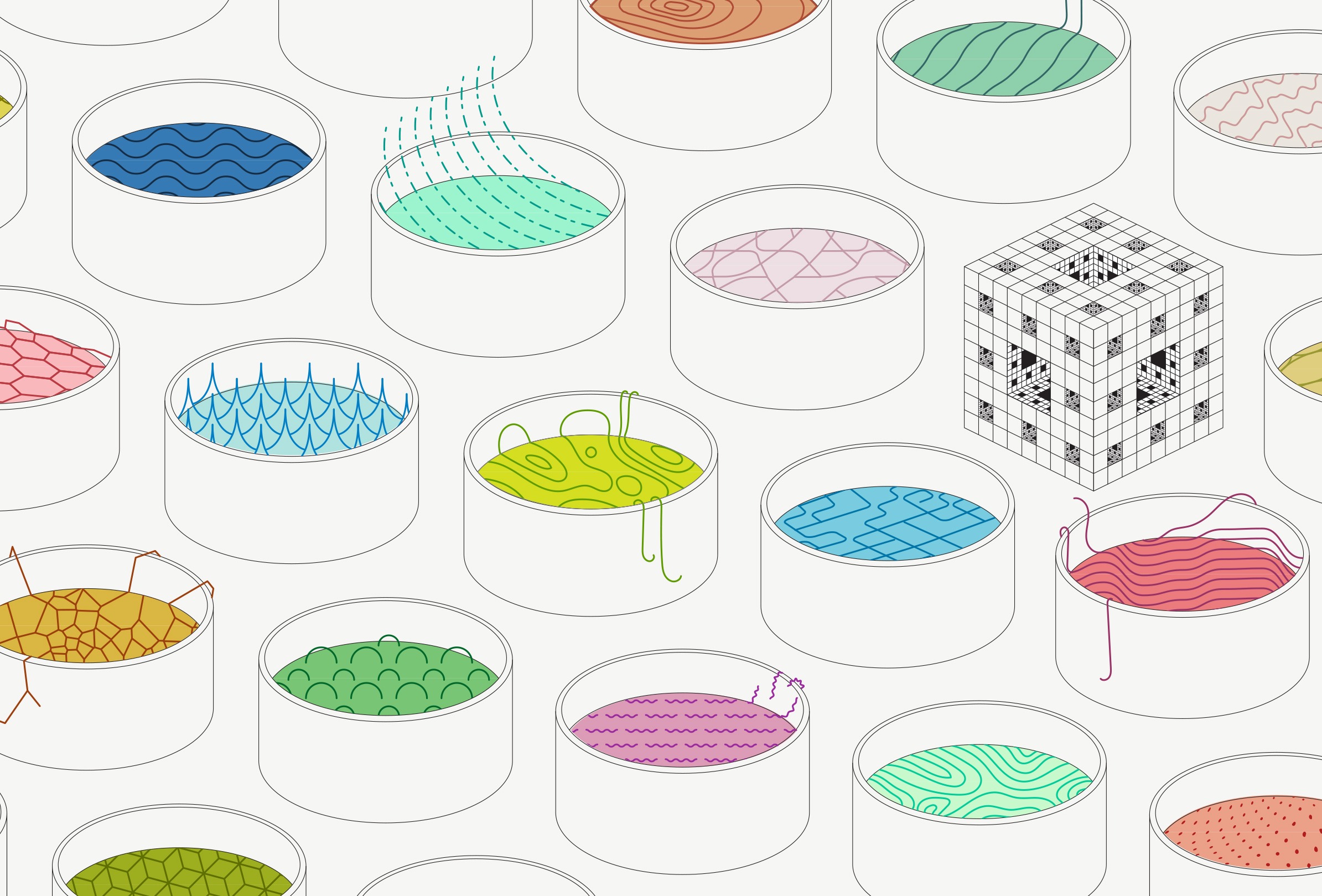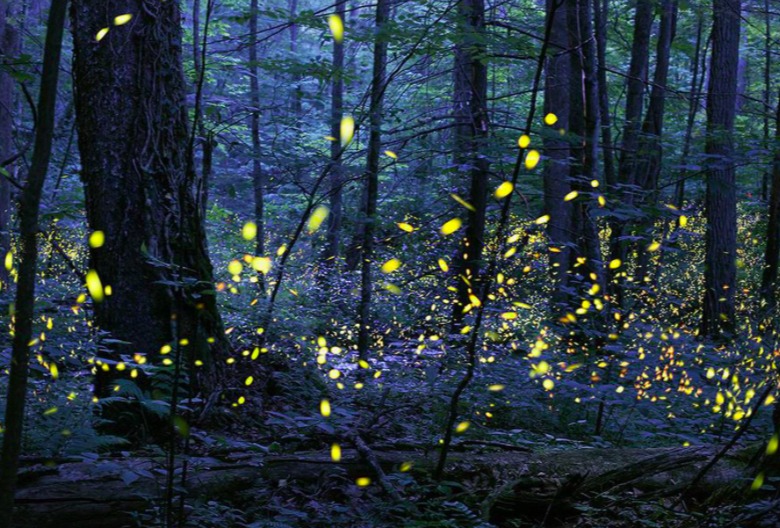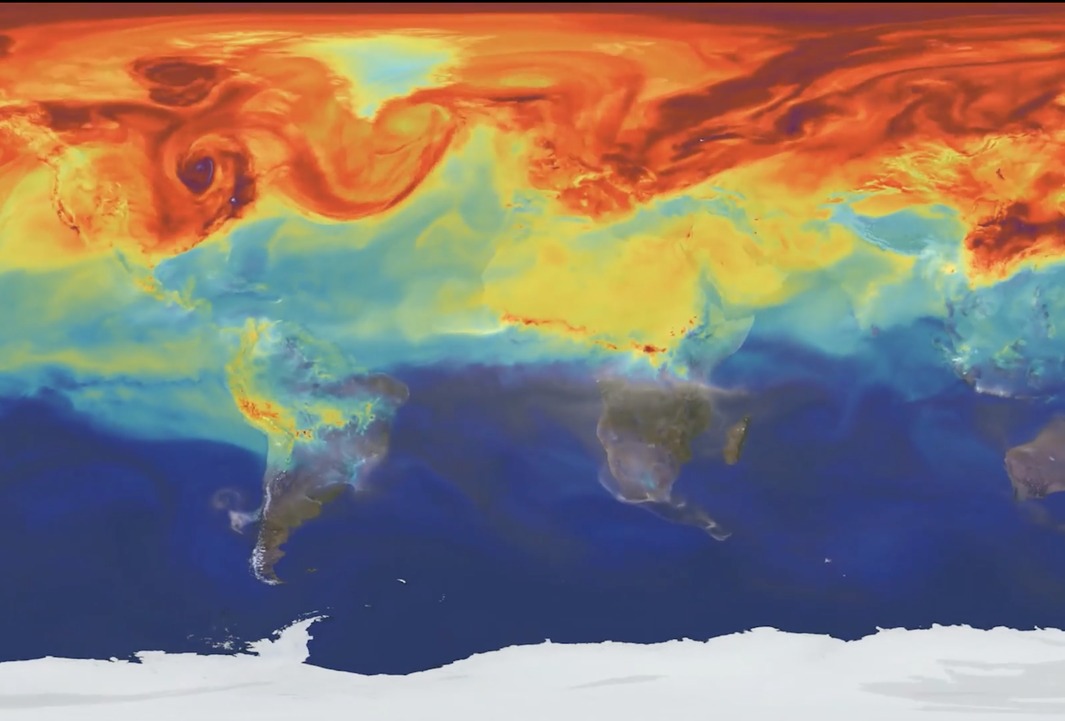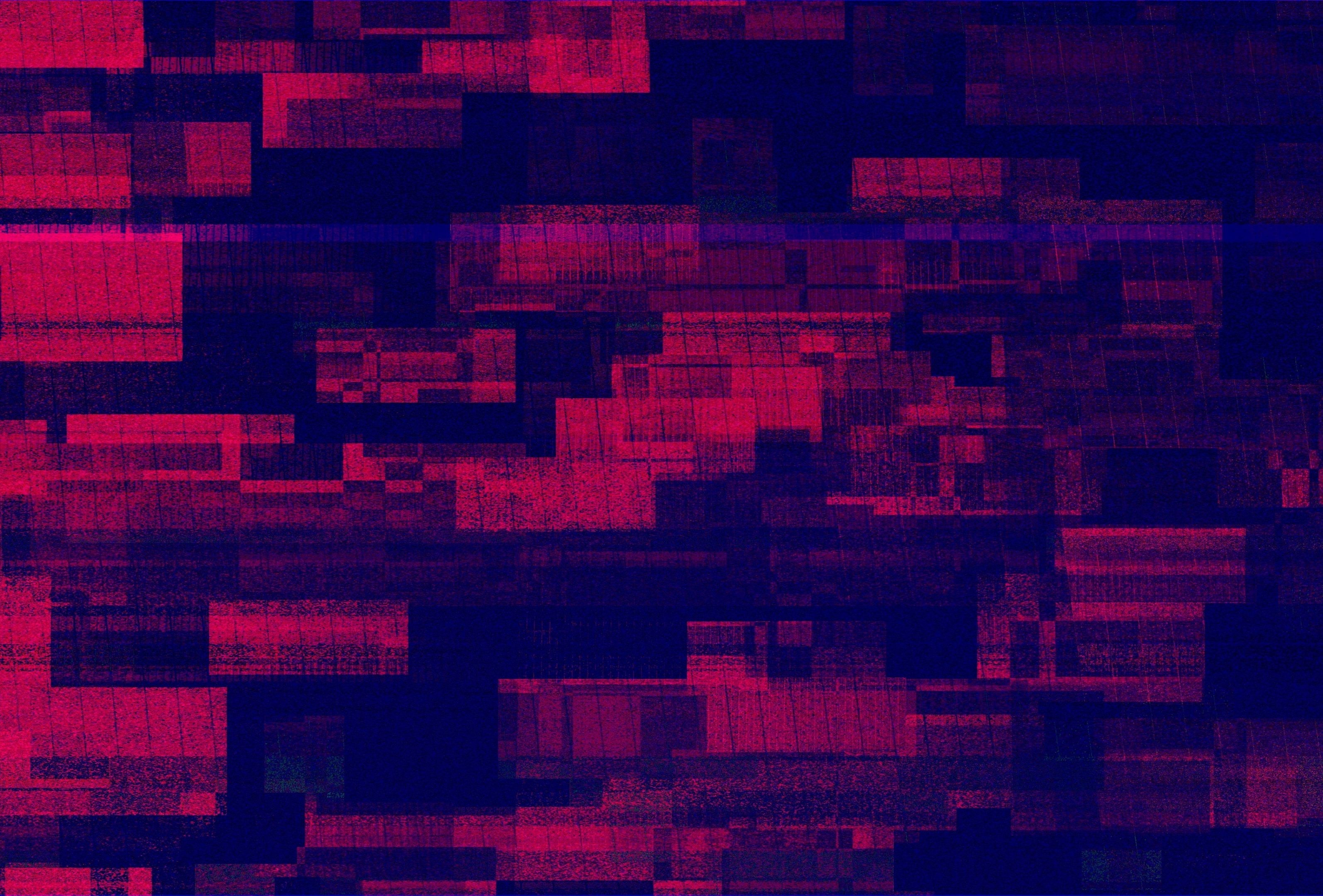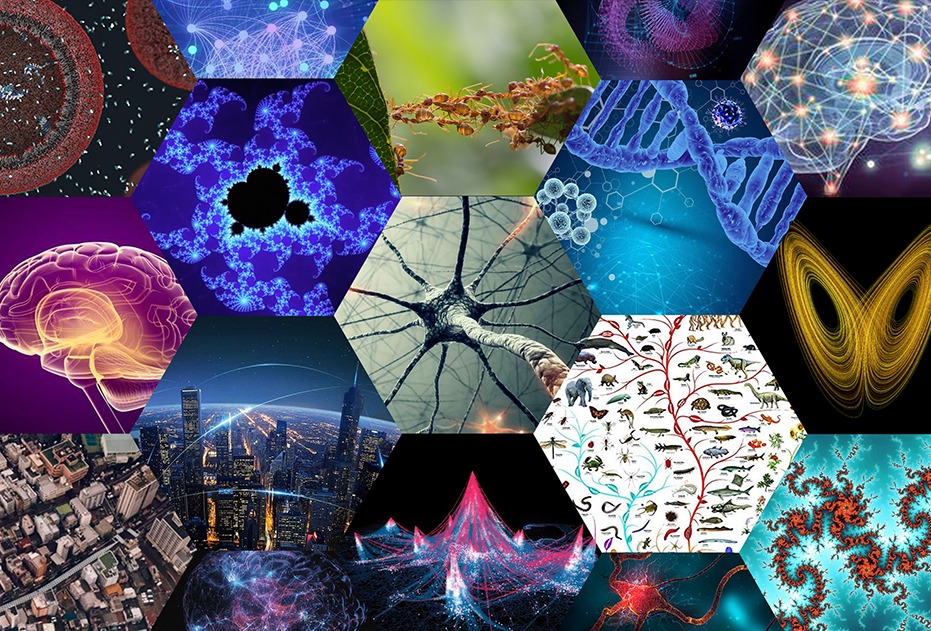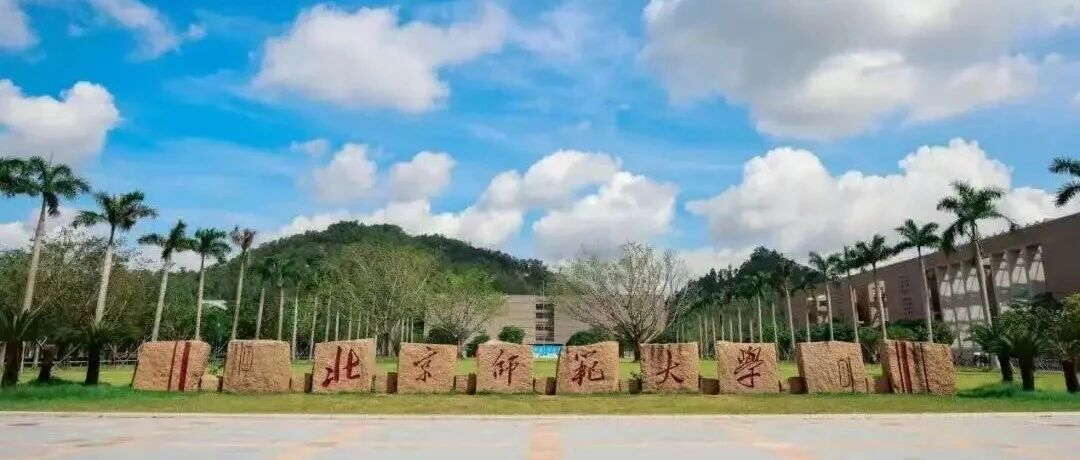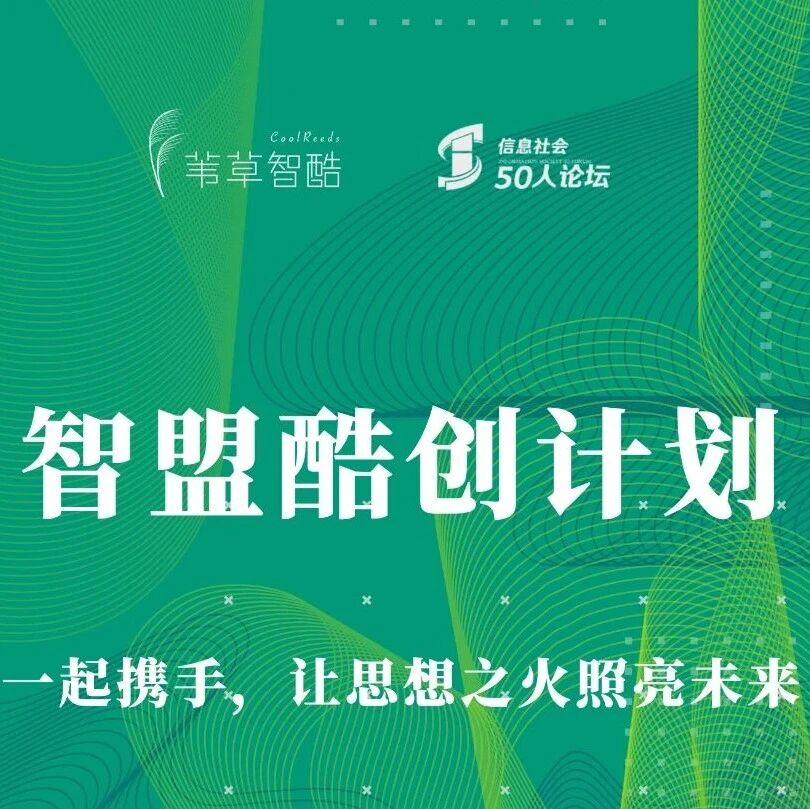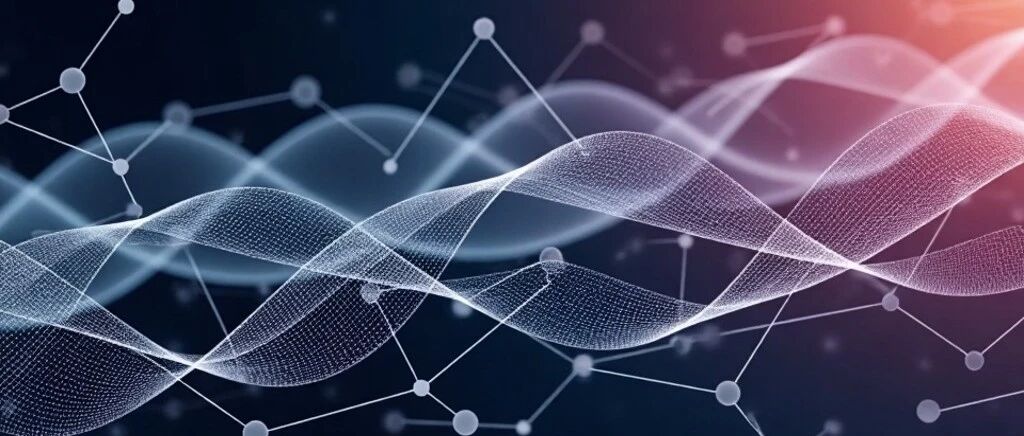1. Mike S , Helen B. 2011. Why international relations is the key to all our futures.[last accessed 2021 January 1].
2. Yarbrough B , Robert Y. 2014. Cooperation and governance in international trade: the strategic organizational approach. Princeton (NJ): Princeton University Press.
3. Kato M , Ando A.2017. National ties of international scientific collaboration and researcher mobility found in Nature and Science. Scientometrics. 110:673–694.
4. Klotz A , Cecelia L. 2014. Strategies for research in constructivist international relations. New York (NY): Taylor and Francis.
5. Stevenson D . 2004. 1914–1918: the history of the First World War. London, UK: Penguin.
6. Zagare F . 1984. Game theory: concepts and applications. New York(NJ): Sage.
7. Quackenbush S , Frank Z. 2006. Game theory: modeling interstate conflict. Making sense of IR theory. Boulder, Colorado: Londres: Lynne Rienner. 98–114.
8. Goldstein J . 1991. Reciprocity in superpower relations: an empirical analysis. Int Stud Q. 35(2):195–209.
9. Jervis R . 1998. System effects: complexity in political and social life. Princeton (NJ): Princeton University Press.
10. Murray W . 1984. The change in the European balance of power, 1938–1939: the path to ruin. Princeton (NJ): Princeton University Press.
11. Signorino C . 1999. Strategic interaction and the statistical analysis of international conflict. Am Pol Sci Rev. 93:279–297.
12. Hill C , Smith M, Vanhoonacker S. 2017. International relations and the European Union. New York (NY): Oxford University Press.
13. Heider F . 1946. Attitudes and cognitive organization. J Psychol. 21(1):107–112.
14. Harary F . 1961. A structural analysis of the situation in the Middle East in 1956. J Conflict Resolut. 5(2):167–178.
15. Moore M . 1978. An international application of Heider’s balance theory. Eur J Soc Psychol. 8(3):401–405.
16. Moore M . 1979. Structural balance and international relations. Eur J Soc Psychol. 9:323–326.
17. Wellman B . 2003. Structural analysis. From method and metaphor to theory and substance. In: Social networks. critical concepts in sociology. Cambridge, England: Cambridge University Press. 81–122.
18. Estrada E , Benzi M. 2014. Walk-based measure of balance in signed networks: detecting lack of balance in social networks. Phys Rev E. 90(4):042802.
19. Doreian P , Mrvar A. 2019. Structural balance and signed international relations. J Soc Struct. 16(1):1–49.
20. Hafner B , Marie E, Kahler M, Montgomery A. 2009. Network analysis for international relations. Int Organ. 63:559–592.
21. Hoff P , Ward M. 2004. Modeling dependencies in international relations networks. Political Anal. 12:160–175.
22. Barnett G , Xu W, Chu J, Jiang K, Huh C, Park J, Park H. 2017. Measuring international relations in social media conversations. Gov Inf Q. 34(1):37–44.
23. Belaza A , Hoefman K, Ryckebusch J, Bramson A, Heuvel M, Schoors K. 2017. Statistical physics of balance theory. PLoS One. 12(8):e0183696.
24. Maoz Z , Leskey T, Kuperman R, Ilan T. 2005. International relations: a network approach. New directions for international relations: confronting the method-of-analysis problem. 35–64.
25. Hafner-Burton EM , Montgomery A. 2006. Power positions: international organizations, social networks, and conflict. J Conflict Resolut. 50(1):3–27.
26. The GDELT Project. https://www.gdeltproject.org/. [last accessed 2021 March 15].
27. Frank M , Obradovich N, Sun L, Woon W, Leveck B, Rahwan I. 2018. Detecting reciprocity at a global scale. Sci Adv. 4:eaao5348.
28. Barthélemy M , Barrat A, Pastor-Satorras R, Vespignani A. 2004. Velocity and hierarchical spread of epidemic outbreaks in scale-free networks. Phys Rev Lett. 92(17):178701.
29. Marsan D , Lengline O. 2008. Extending earthquakes’ reach through cascading. Science. 319(5866):1076–1079.
30. Buldyrev S , Parshani R, Paul G, Stanley E, Havlin S. 2010. Catastrophic cascade of failures in interdependent networks. Nature. 464(7291):1025–1028.
31. Helbing D . 2013. Globally networked risks and how to respond. Nature. 497(7447):51–59.
32. Srinivasan A . 2011. Local balancing influences global structure in social networks. Proc Natl Acad Sci. 108(5):1751–1752.
33. Szell M , Lambiotte R, Thurner S. 2010. Multirelational organization of large-scale social networks in an online world. Proc Natl Acad Sci. 107(31):13636–13641.
34. Marvel S , Join K, Robert K, Steven S. 2011. Continuous-time model of structural balance. Proc Natl Acad Sci. 108(5):1771–1776.
35. Askarisichani O , Lane J, Bullo F, Friedkin N, Singh A, Brian U. 2019. Structural balance emerges and explains performance in risky decision-making. Nat Commun. 10(1):1–10.
36. Facchetti G , Iacono G, Altafini C. 2011. Computing global structural balance in large-scale signed social networks. Proc Natl Acad Sci. 108(52):20953–20958.
37. Freeman LC . 1977. A set of measures of centrality based on betweenness. Sociometry. 40:35–41.
38. Gourevitch P . 1978. The second image reversed: the international sources of domestic politics. Int Organ. 32(4):881–912.
39. Wright Q , Wright LL. 1983. A study of war. Chicago,Illinois: University of Chicago Press.
40. CAMEO Event Data Codebook . Computational Event Data System. Data: Querying, Analyzing and Downloading: The GDELT Project. [last accessed 2020 Jun 21].
41. Goldstein J . 1992. A conflict-cooperation scale for WEIS events data. J Conflict Resolut. 36(2):369–385.
42. Newman M . 2011. The structure of scientific collaboration networks. In: The structure and dynamics of networks. Princeton (NJ): Princeton University Press. p. 221–226.













